When thinking about which film won the Academy Award for “Best Animated Feature Film” in 2025, some movies probably come to mind. Disney and Pixar had some pretty good movies, Dreamworks had the spectacular “The Wild Robot,” and there was also the stop-motion film “Wallace & Gromit: Vengeance Most Fowl” from Aardman Animations. It turns out that the winner was actually a Latvian film made in Blender, a free CGI software, without a word of dialogue.
“Flow” is a film about a cat living its life in a seemingly post-apocalyptic world devoid of human presence. Things take a turn in the form of a giant flood that consumes the entire forest, forcing the cat to find a way to survive. Finding its way to higher ground, it is saved by a capybara in a boat. Throughout the story, the boat picks up other animals such as a lemur, golden retriever and secretary bird. This strange group of animals work together to survive and explore this new landscape they used to call home.
This film was truly eye candy; its simplistic, painted animation style brings to mind modern 3D video games such as “Stray” with the movement of the characters and their interaction with the ground. The camera work also felt different than the usual animated film by having a shaky camera that followed the characters. This had a very wildlife documentary feel that made the film seem even more realistic. The way that the film included so many different visual aspects was seamless and beautiful, and it really advanced and brought the film together.
There were a couple of downsides, though. First off, the capybara; while being adorable, its animation did feel somewhat uncanny with its movements and appearance. We felt that it looked and moved more like a dog rather than the rodent it actually is. This might have something to do with the team’s animation references. Dream Well’s animation team had access to 5 studio dogs, which as well as being absolutely adorable, gave them a good point of reference for animating animal movement. However, this may have been reflected a bit too much onto the capybara to the point of slight uncanny. The ending also had issues. It felt abrupt, leaving some loose ends about certain characters and plot points. While the movie gave viewers a bittersweet ending, it still felt off with some points being left unexplained.
Something extremely interesting about the film was that it was entirely animated in Blender. Blender is a free CGI animation software. The program can create 3D models, add 2D effects on top with the grease pencil, create backgrounds or simulate textures like water and fabric. “Flow” incorporated a lot of these features into the film. Character models for the different animals, and tons of modeled sets for each location, which were beautiful and full of life, incorporated a painterly feel to everything. Films with 2D, painted elements are extremely time-consuming, and those films use big, expensive animating setups. “Flow” did this in a free software. It is astounding that such a high-achieving film could be animated with a commonly accessible program where the standard in Hollywood is to use subscription software or even create their own software like Pixar’s Renderman.
We absolutely loved this film and would very much recommend it. The animation and overall visuals were a ten out of ten. The execution through solely visual storytelling was seamless, and the animals were adorable. Fans of animation and animal-led stories will love this heartwarming and surprisingly deep film.


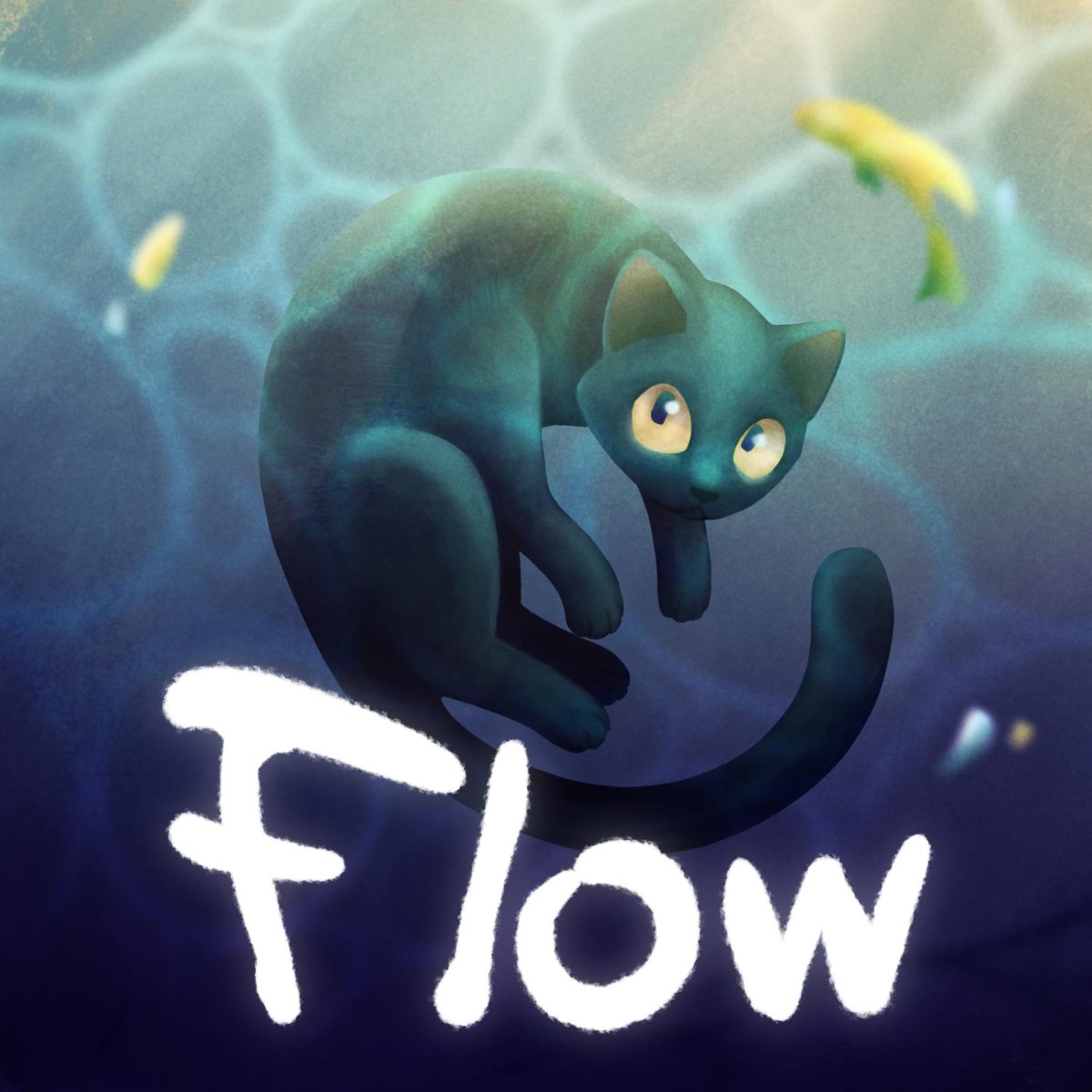
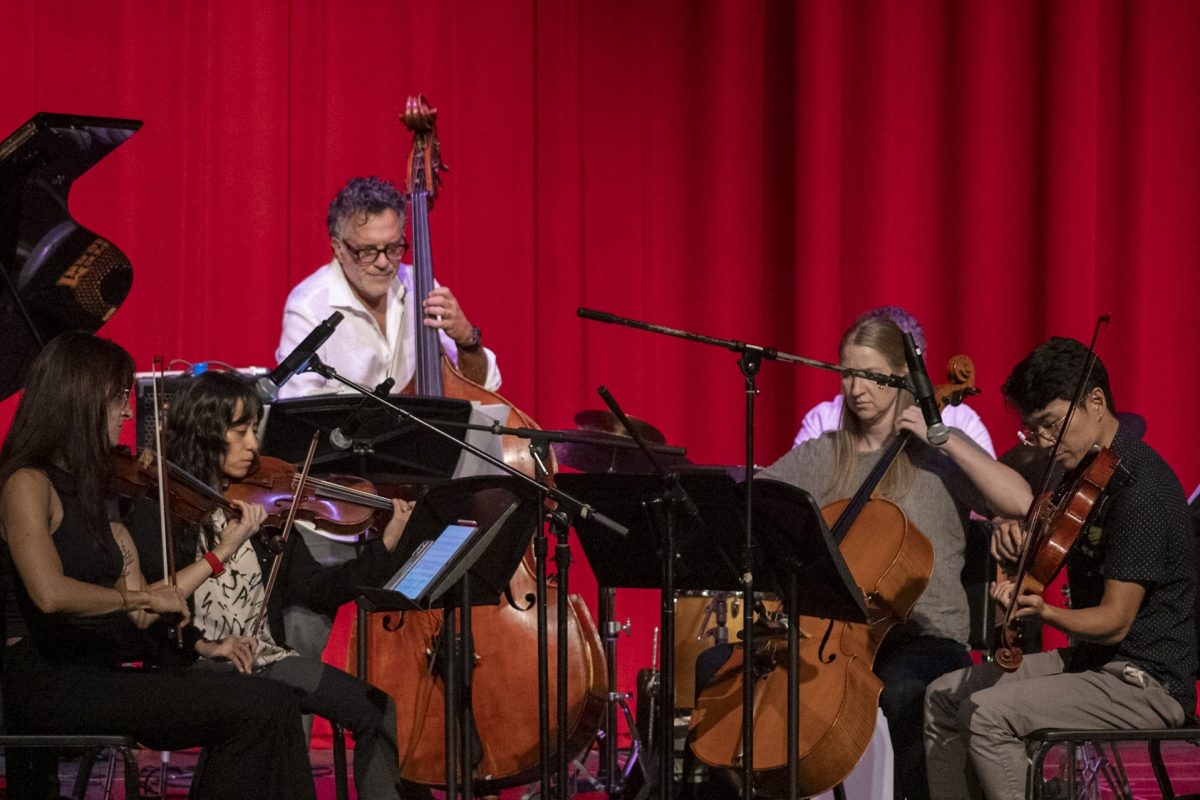

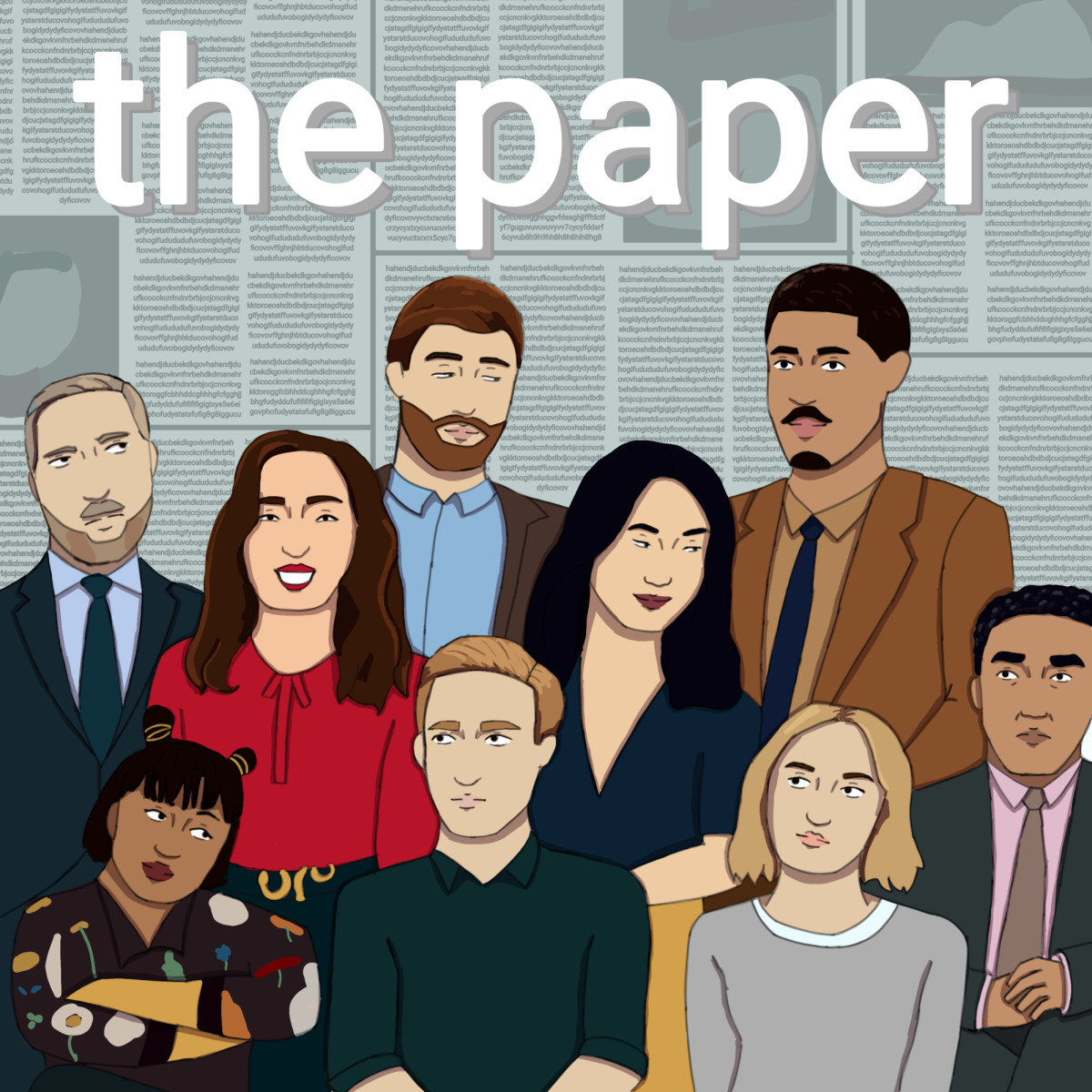
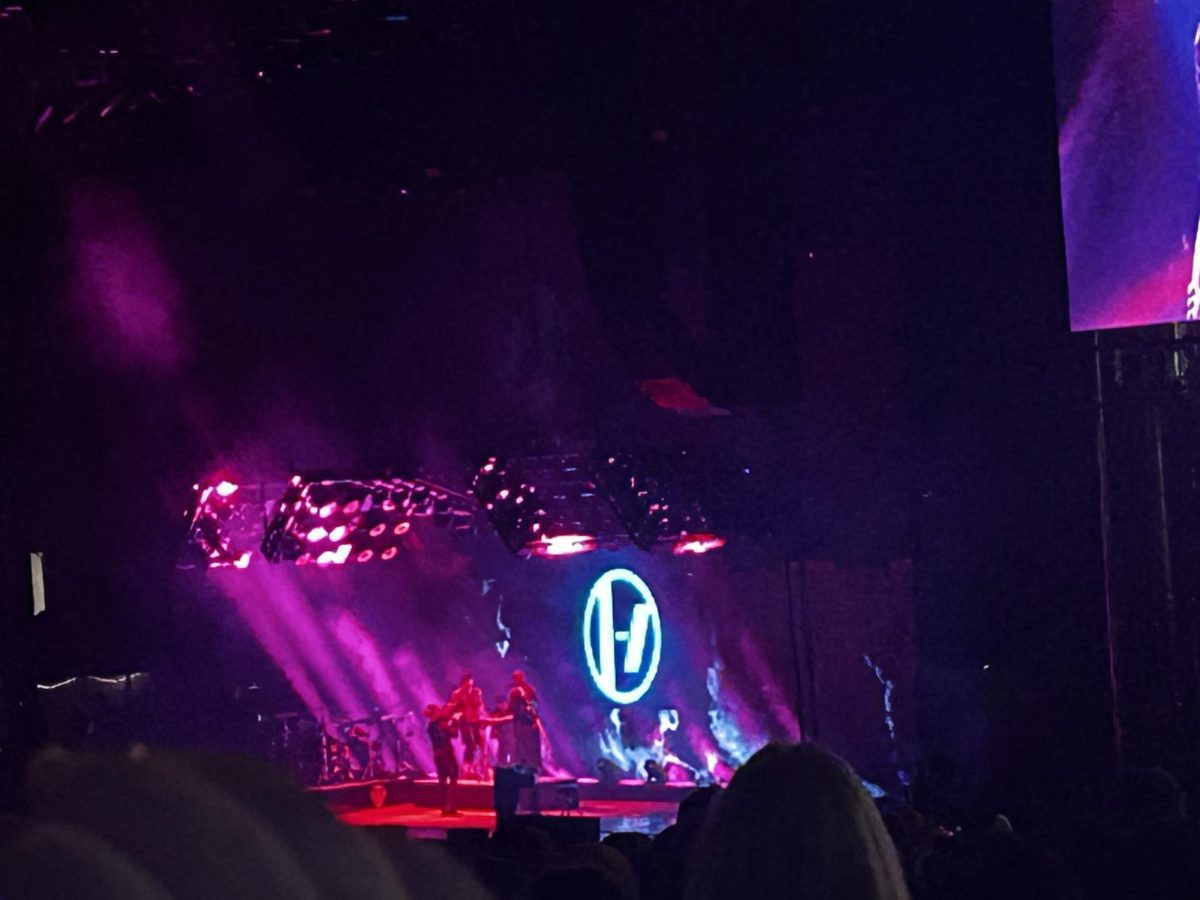
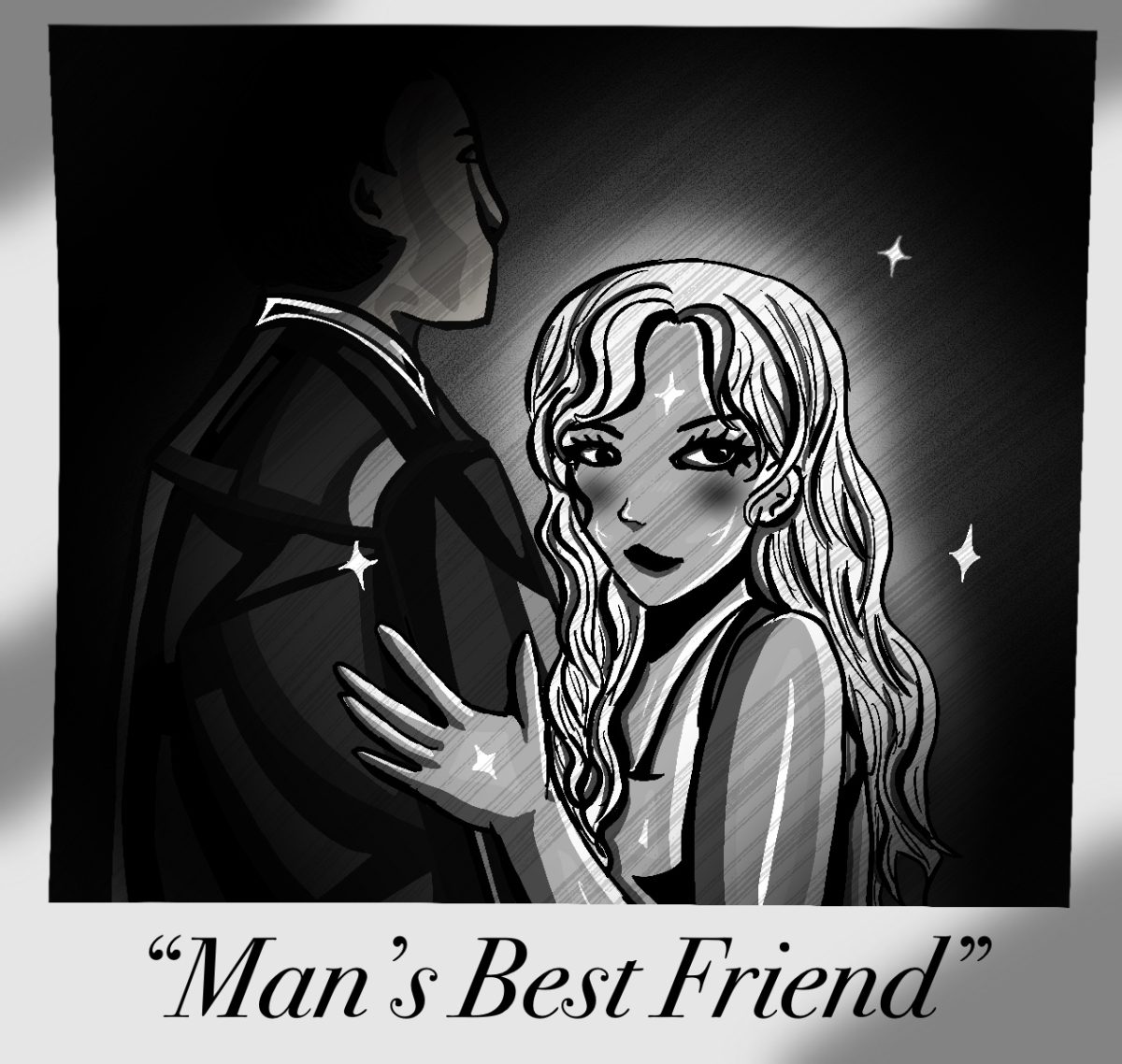
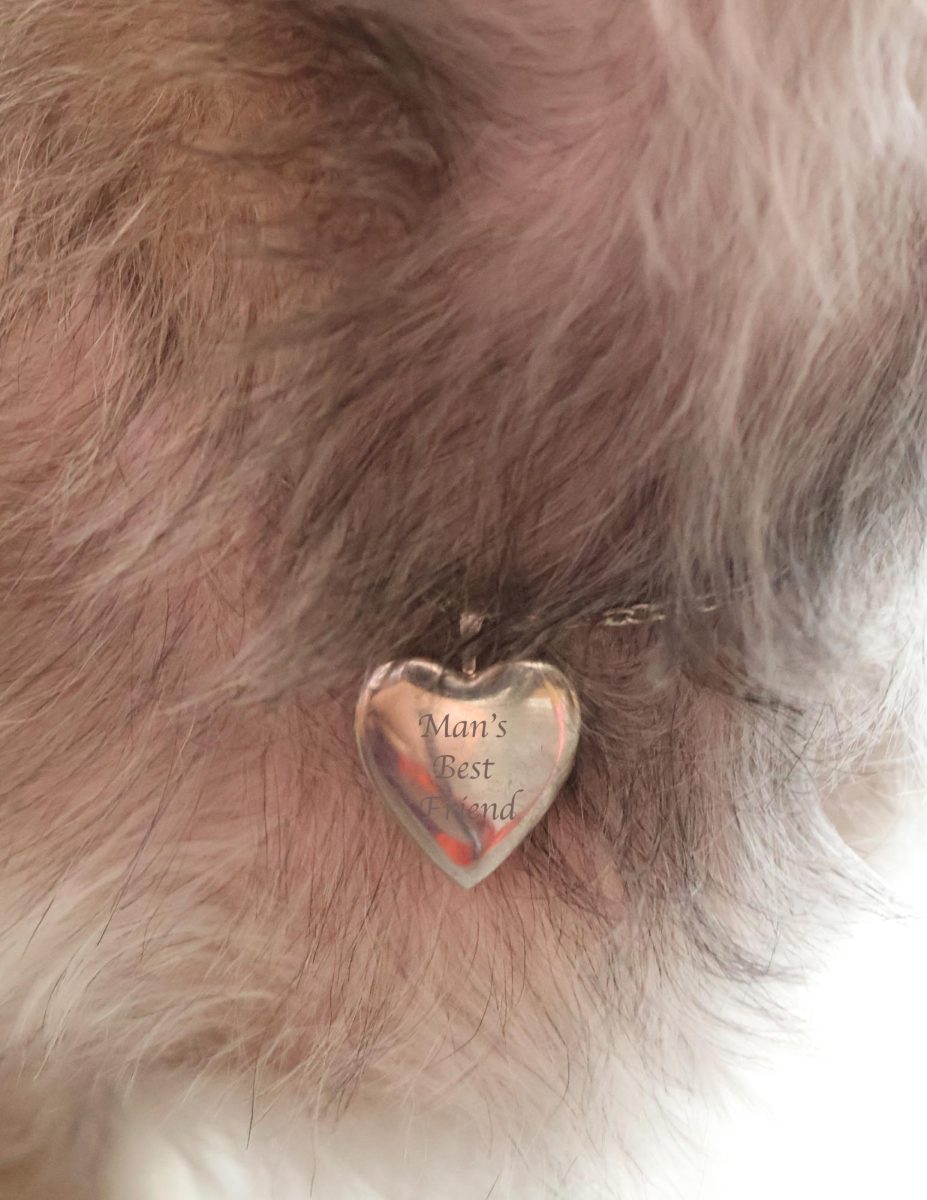
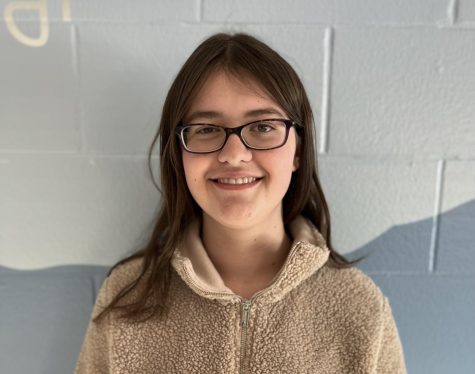

Hays • Feb 14, 2025 at 8:13 am
Which is the animation in flow came from other anime films the lab came from far north the cat came from Kiki’s delivery service and stray. Just to name a few most identifiable sources.
Anni Dhir • Feb 12, 2025 at 12:05 pm
I’m so glad this animated movie won the Globe! It’s mesmerizing both to me and my cats which when I replay it, they could watch this all the way through!
My cat Fanjette’s could have been the model for this film!
Mary C • Feb 8, 2025 at 3:44 pm
I didn’t pick up on the capybara. I guess that’s why I’m not a movie critic.